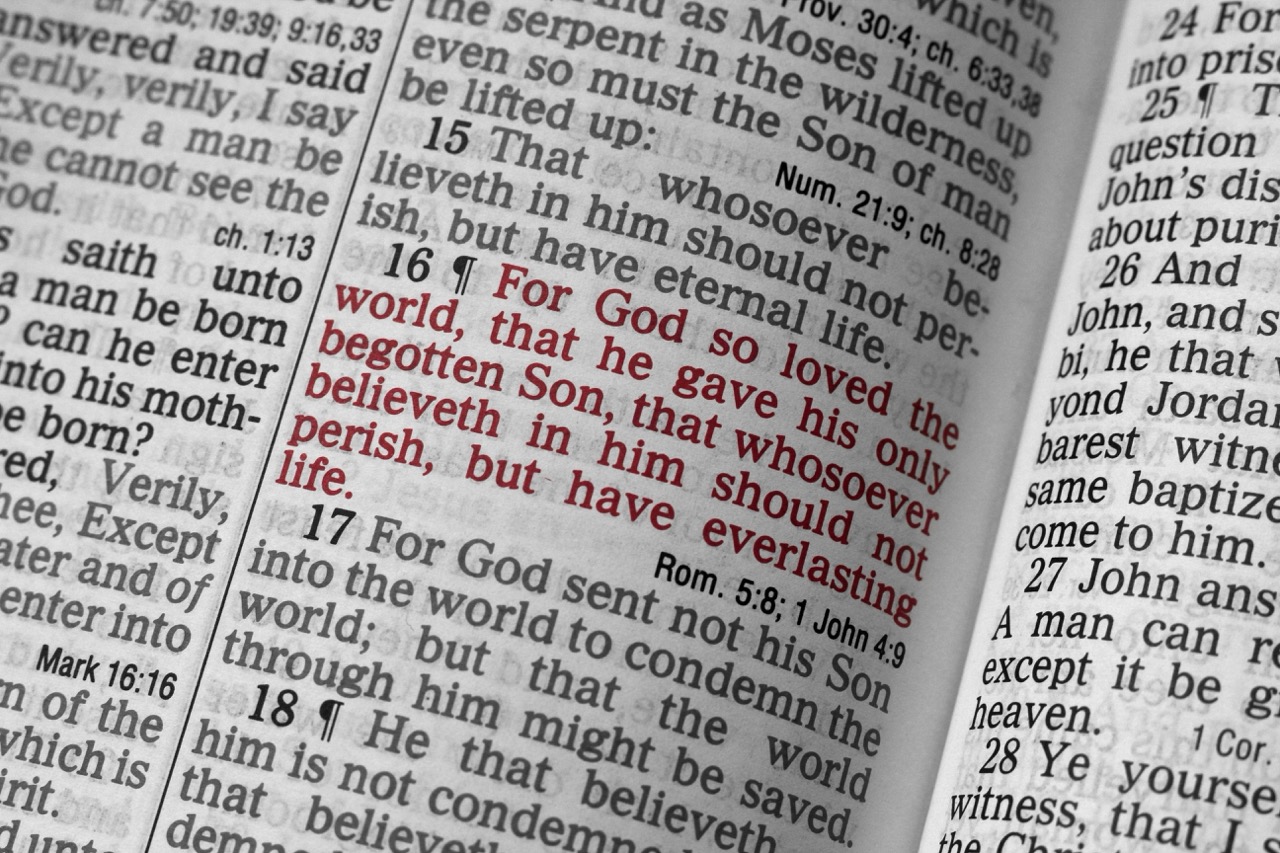Unraveling the Depths of Love in 1 Corinthians 13

In the ancient world, the early Christian community faced numerous challenges, ranging from persecution to doctrinal disputes. Amongst these trials, the Apostle Paul penned a letter to the Corinthians that would resonate through the ages—a letter that profoundly explores the nature of love. 1 Corinthians 13, often referred to as the "Love Chapter," presents a detailed and transformative understanding of love that is as relevant today as it was in the first century. This article delves into the intricate layers of love as presented by Paul, revealing its context, characteristics, power, and practical applications for contemporary life.
The Context of Love: A Letter to the Early Church
The Corinthian church was a microcosm of the broader societal struggles of the time. Amidst a culture that often prioritized personal ambition and worldly success, the church found itself grappling with divisions and conflicts. Paul wrote his first letter to the Corinthians to address these issues—urging unity, humility, and a return to Christ-centered values. In Chapter 13, nestled between discussions on spiritual gifts and church order, Paul elevates the conversation to a divine standard, emphasizing that without love, all other actions and gifts are rendered meaningless.
Paul’s context is critical; he writes to a community that has lost sight of the core principle that should underpin all interactions. The church was gifted, yet it was marred by jealousy, rivalry, and strife. By introducing love as the highest virtue, Paul challenges the Corinthians to reevaluate their priorities. Rather than merely holding onto their spiritual gifts, they are called to embody love, suggesting that true Christian community cannot exist in the absence of this vital force. His poignant message serves as a reminder that love is not just an emotion but a guiding principle that should permeate every aspect of life.
In addressing a community rife with divisions, Paul situates love as a unifying force. The early Christians needed to understand that love transcended their differences and was essential for spiritual maturity. His letter thus acts as a clarion call—an invitation to engage with one another through the lens of love, promoting harmony and understanding amid their struggles. The historical context of 1 Corinthians serves as a foundation for exploring the characteristics and transformative power of love that Paul so passionately articulates.
Defining Love: Characteristics That Transcend Time
In 1 Corinthians 13, Paul provides a rich tapestry of what love is and is not. He begins with a striking declaration: "If I speak in the tongues of men or of angels, but do not have love, I am only a resounding gong or a clanging cymbal." This metaphor indicates that without love, even the most eloquent words lose their value. Paul then delineates specific characteristics of love that highlight its essence—such as patience, kindness, humility, and the absence of envy or pride. Each trait functions as a lens through which one can evaluate their actions and interactions with others.
The timeless nature of these attributes is remarkable. The love that Paul describes does not conform to societal trends; rather, it stands as an enduring testament to what it means to genuinely care for others. By emphasizing qualities like patience and kindness, Paul invites his readers to consider love as an active choice rather than a passive feeling. Whether one is experiencing joy or tribulation, love compels individuals to act with compassion and understanding. This essential quality of love is not bound by cultural or temporal limitations—it is a universal ethic that speaks to the heart of human experience.
Moreover, Paul highlights the negative aspects of love—what it is not. He states that love does not delight in evil, nor does it harbor anger or seek revenge. By clarifying these boundaries, Paul reinforces the notion that love operates on a higher moral plane, one that seeks the welfare of others over self-interest. In doing so, he challenges the Corinthians—and indeed all readers—to reflect on their motivations and behaviors, urging them to embody a love that is selfless, pure, and transformative. This definition of love acts as both a mirror and a guide, encouraging individuals to strive for a deeper connection with one another and with God.
The Power of Love: Transformative Effects on Relationships
Paul emphasizes love’s transformative power, declaring that it “bears all things, believes all things, hopes all things, endures all things.” This description encapsulates the resilience of love, suggesting that even in the face of adversity, love remains steadfast. By highlighting these enduring qualities, Paul conveys that love is not merely an emotion but a powerful force that has the capacity to heal, restore, and unite. The implications of this assertion are profound, particularly for relationships marked by conflict or misunderstanding.
In the context of relationships, love serves as a catalyst for growth and reconciliation. Relationships often face trials, and it is through love that individuals can navigate these challenges. For instance, forgiveness—a central tenet of love—allows people to move beyond grievances, fostering an environment where healing can occur. When Paul asserts that love “endures all things,” he points to the power of love to sustain connections through life’s inevitable storms. This resilience is crucial for both personal and communal relationships, emphasizing that love can conquer barriers that might otherwise divide.
Moreover, love’s transformative power extends beyond individual relationships to the broader community. When love is practiced collectively, it fosters a spirit of collaboration and support. The early church, which Paul addressed, had the potential to model a new society grounded in love, demonstrating how communities can thrive when love is prioritized. Paul’s message resonates today, reminding us that love’s influence is profound—it can inspire social change, foster inclusivity, and encourage a spirit of generosity. By embracing love as a foundational principle, individuals and communities alike can experience profound transformation, reflecting the heart of the Gospel in their lives.
Living Love: Practical Applications for Modern Life
Paul’s treatise on love in 1 Corinthians 13 is not merely theoretical; it calls for practical applications that can be woven into the fabric of daily life. To live love means to embody its principles in tangible ways. For example, cultivating patience in a world that often demands immediate results is a challenge many face. However, by consciously choosing to approach situations with a patient heart, individuals can foster deeper connections with others and create a more compassionate environment.
Another vital practical application of love involves active listening. In a society where distractions are abundant, taking the time to genuinely listen to others embodies the essence of love and respect. This act of love encourages openness and connection, allowing individuals to feel valued and understood. By prioritizing kindness and empathy in conversations, people can significantly impact their relationships, transforming mere acquaintances into lasting friendships grounded in love.
Finally, living love means engaging in acts of service and generosity. Paul’s description of love prompts us to consider how we can support others in their journeys. Whether it’s volunteering time, offering resources, or simply being present for someone in need, these acts reflect the selfless nature of love. In doing so, individuals create ripples of kindness that can inspire others to follow suit, thereby building communities characterized by compassion and mutual support. By integrating these practical applications into daily life, we can embody the transformative love that Paul so eloquently describes, creating a legacy that resonates with the heart of Christ’s teachings.
In exploring the depths of love through 1 Corinthians 13, we uncover a divine blueprint that remains relevant across generations and cultures. Paul’s insights challenge us to redefine our understanding of love—not as a fleeting emotion, but as a steadfast commitment to embodying patience, kindness, and selflessness. The transformative power of love has the potential to reshape relationships, heal divides, and inspire communities. As we seek to live out this profound message, let us strive to make love the driving force in our lives, reflecting its light to the world around us.




